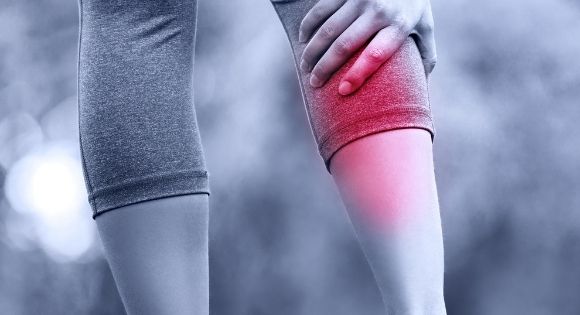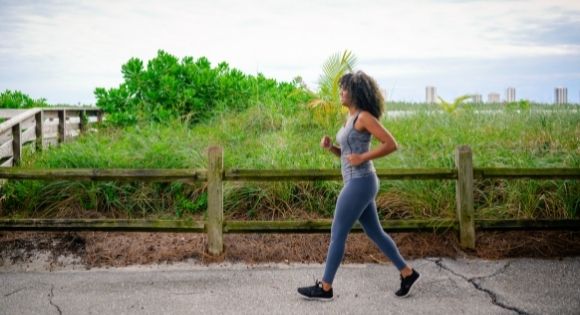In today’s post, I’m sharing a few tips on how to lessen sore muscles from exercising. Working out is an essential part of staying healthy and fit. It has many health benefits like enhancing your lungs and heart and building strong muscles and bones. However, with exercising also comes sore muscles, especially if you’ve recently started a new exercise routine or are working out more intensely.
You might be using new muscles, getting small tears in muscle fibers, or straining your muscles. There are certain indications that your muscles are trying to adjust to your new exercise routine, get stronger, and grow.

What To Expect
Your muscles might ache straight away which is called acute soreness. Or, you might start feeling soreness or tightness about twelve hours after exercising. In some instances, the discomfort might intensify 48 to 72 hours afterwards.
It is referred to as delayed-onset muscle soreness. Your muscles are repairing and strengthening themselves during this time. The discomfort and soreness should improve after a few days.
Some things you can do to offer relief for muscle aches include:
- Massaging the muscles
- Stretching gently
- Getting some rest
- Placing ice to reduce inflammation
- Applying heat to boost muscle flow to the muscles (even a warm shower or bath can help)
- Applying over-the-counter gels or creams containing capsaicin or menthol
- Taking over-the-counter pain medications that is nonsteroidal anti-inflammatory such as ibuprofen

Muscle soreness is unfortunately not something you can avoid. It is your body’s way of getting healthier and stronger. Here are a few tips on how to lessen sore muscles from exercising.
6 Tips On How To Lessen Sore Muscles From Exercising
Warm Up Beforehand
Warming up your muscles before a workout is often more useful than stretching. Do lesser versions of specific exercises to wake muscles up. This could be anything like jumping rope, lifting weights, biking or jogging.

Drink Enough Water
Believe it or not, water assists with controlling body temperature, transporting nutrients that generate energy, and loosening joints. With insufficient water intake, your body battles to perform at a high level. You might experience dizziness, muscle cramps, fatigue, or more severe symptoms.
Rest
Avoid immobilization and complete rest, and rather do less strenuous exercises like biking or walking. Wait around 48 hours before you start working the sore muscle groups at the same level of intensity or for the same period. Resorting to restricted or lighter exercising can help with reducing muscle soreness.
Do It Correctly
Using the proper techniques to do exercises can prevent injury or strain to muscles. If you are going to the gym for workouts, ask the instructor or trainer about the appropriate ways to use equipment or lift weights.

Stretch Afterwards
It is vital to stretch after a workout. Muscles are more bendable and relaxed when they are warmed up. Stretch assists with blood circulation away from the muscles and back to the heart to help with recovery.
Do Not Overdo It
It is quintessential to know your limits and not overdo it. Begin with lighter exercises and gradually work your way up to more strenuous or intense exercise routines. If you overexert yourself in the beginning, you might injure yourself.

What To Consider
It is completely normal to experience sore muscles and they will become stronger to handle a more intense workout or longer session once they adjust to the new exercise regime. Don’t overdo it at first since you can end up injuring your muscles or joints. If you experience pain close to a joint, it might be a sign of a more severe injury.
Things like ice massages, ice packs, or ice slush baths can help with reducing pain, swelling, muscle spasms, and bruising. Raise your leg so that it’s above heart level and keep it elevated for at least two to three hours if possible. If the pain is not going away or your injury is impacting your movement, it’s best to consult with your doctor.
Sending you lots of love, light, and healing-inducing vibes.
Anthea

